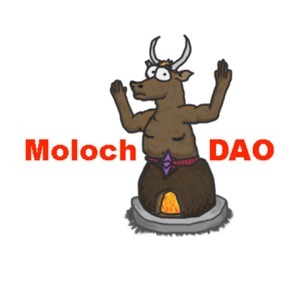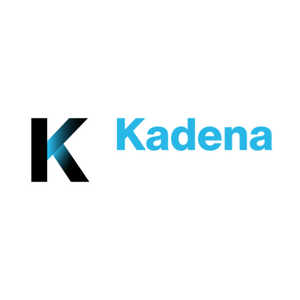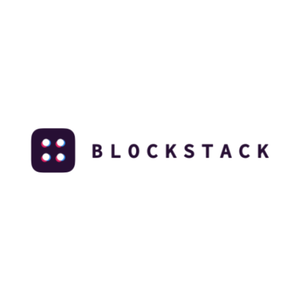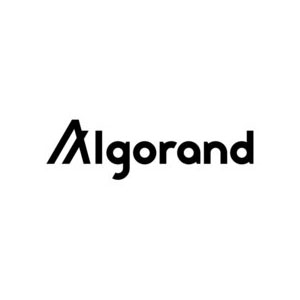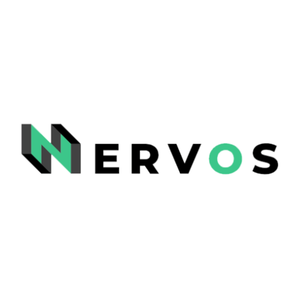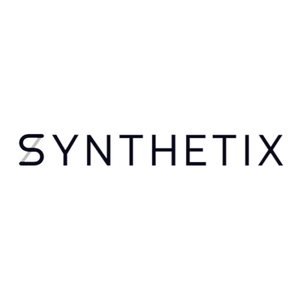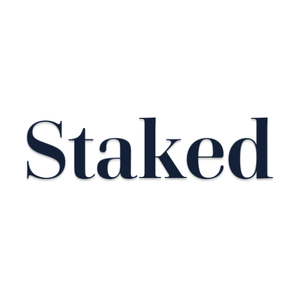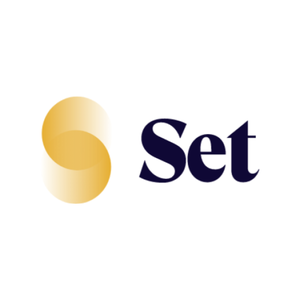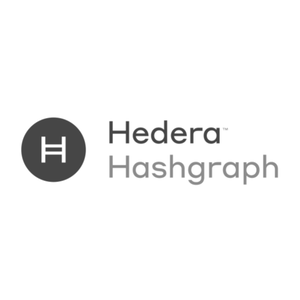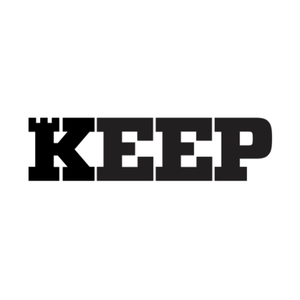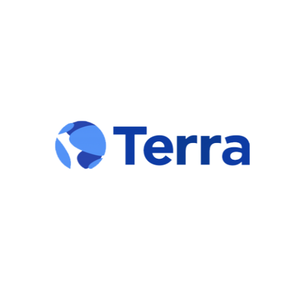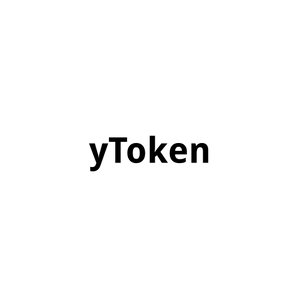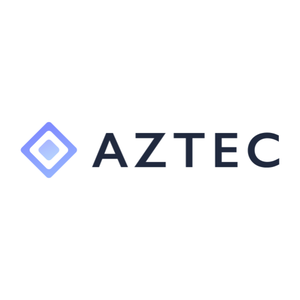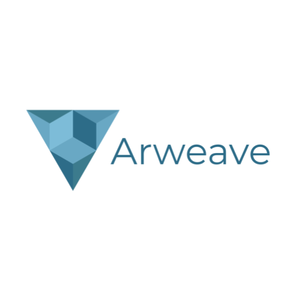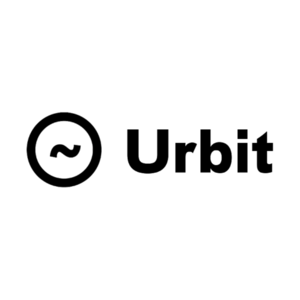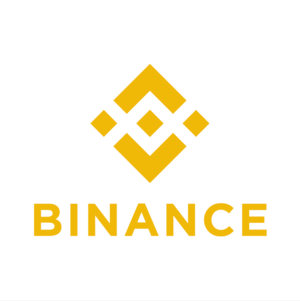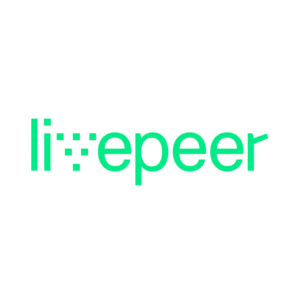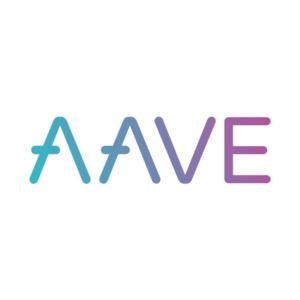Crypto AMA with Cosmos (2.26.19)
Spencer Noon Nov 26, 2019
Background: I studied at the Richard Ivey School of Business in Canada, I worked in Fintech banking for a bit then moved to renewables where I spent a decade working in the wind industry in China, Canada, US, Spain and then Brazil. I built a number of wind projects and then did some solar development in Brazil. I was running a large renewables IPP in Brazil backed by the Brazilian government in 2012-2013 when I started to get passionate about Bitcoin. I started a Bitcoin-remittance business called Coinverse at that time. In 2014 I sold it and left the Bitcoin community to focus 100% on Ethereum as I was very passionate about smart contracts since multi-lateral contracts in different companies in the energy industry were hard to enforce. In late 2016 I stepped down as president of the company to go and work with Polychain as the first employee there. I wouldn't say I invented the SAFT because a lot of people were thinking about the same concept, but I certainly executed a lot of SAFTs between 2016 and 2018 and am proud of that work. I also took a very hands-on approach with the teams Polychain invested in, working with them to be their strongest value-add partner. Now I work for the Web3 Foundation and Polkadot for me is the most exciting project in the space.
Awesome. Let’s jump right into questions!
Ryan, what's the target market of users for PolkaDot/Substrate?
Should I talk about PolkaDot and Substrate as different products or as one thing?
Ryan why would the users of Polkadot believe that it will solve one of the top three problems they will want to solve ? and help me understand the network effect or other barrier to competition ? (sorry cheeky two questions in one)
Hmm.. I have many more questions... Should I just keep typing?
Of course :)
So Substrate and Polkadot are different. Substrate is a framework for development of Parachains and Polkadot is the network for deploying those parachains.
The primary constituents will be parachains - this can be apps or other chains that want to deploy on Polkadot and communicate with other chains.
To become a parachain you have to stake DOTs. How many? What are the rules that determine the economic buy-in?
So Polkadot is built with the best-in-class technology: WASM VMs, multiple implementations, fast transaction finality, cross-chain messaging, parralelized security. But the BIG thing that it does is take a different approach to architecture where any application can be it's own chain and can make the design decisions from the ground up specifically for its users and use case.
What's the latest known valuation and the approximate cap table of the DOTs supply?
So staking DOTs to be a parachain will be auctioned off in staggered vickrey auctions. Slots will be 6, 12, 18 and 24 months.
What are other uses of DOTs other than staking to join the ecosystem?
There are 10million DOTs. The WSJ reported that they are being sold for 120/DOT.
Hey Ryan, isn't the plan to have ~80 parachains? If so, does that limit the amount of applications that can be their own chain?
So there will be a finite number of parachains. I would guess somewhere between 80-100 after the first year and then maybe as high as 200 by the end of the second year. Yes, there will be scarcity (as there is with gas in Ethereum).
Lobbing in some additional questions from group members who couldn't make it:
* Is polkadot gonna have a client side javascript in browser light client?
Can parachains eventually stake/join other networks besides the main one DOT network?
* If I'd like to run a dapp using solidity on a polkadot parachain, what's my best route to try testing that today?
* Are there any plans for a maker / dai polkadot bridge? That'd be a condition necessary for certain dapps to run on it
What is the time it takes to complete a cross-chain transaction on Polkadot between two parachains?
What is the extent of interoperability? Can you move assets from one parachain to another? Can you read information from other parachains to serve as input to your smart contract module? Can you do atomic swaps?
Your best bet would be to spin the dapp up in Solidity.
I am optimistic that we will see Dai on Polkadot, but nothing is set right now.
Transaction time is about 8s. However, each parachain would need to confirm that tx which may take longer if their consensus mechanism is different.
Yes, arbitrary cross-chain messaging allows you to do many things - smart contract calls, token transfer, etc.
What is your view on why a project would decide to build on or move to Polkadot vs other blockchains?
How many teams are building parachains or planning to build parachains right now?
Building on Polkadot allows you to outsource security to the relay chain, which is parralelized. It is fast transaction finality, allows you to communicate with other chains which is hugely important. Imagine if different internet protocols couldn't speak with one another? That would suck.
around 2-dozen by my last count including bridges.
👍👍✌️
* Can you describe Polkadot's on-chain governance structure? What do you think are the most important decisions that will be made using on-chain governance?
So that is a long one...
lets start with the council. They are subject to approval voting and switch out periodically. If the council tables a measure for voting, either by unanimous vote or majority vote than it requires a lower quorum than if any coin holder tabled the measure.
If a coin holder tables a measure for voting, than they stake and others can stake as well to get the measure voted on earlier.
What are the advantages / disadvantages vs. Cosmos?
Adaptive Quorum Biasing means that the amount of yays over nays to carry a vote changes depending on the turnout and whether it was tabled by the council or through coin holders.
The primary difference between Polkadot and Cosmos is Cosmos is focused on cross-chain token transfer. Polkadot is focused on arbitrary cross-chain messaging.
Can the governance vote off parachains and boot out applications?
Yup
Excellent, thanks Ryan.
How much influence will the foundation have on PD's governance (from retention of tokens) and how does it plan on relinquishing any control it may have over time?
Is adaptive quorum biasing similar to holographic consensus, which is what daostack/Dxdao uses? How are the two approaches to governance similar/ different?
Probably a good time to follow-up with some related questions from slido that people asked:
* How does IBC work on Polkadot? What kind of interoperability will be available on launch?
* Would it be possible for Defi apps to use different chains in Polkadot. Is async messeging enough to coordinate different dapps that use different tokens?
There is time-lock voting means you can give more weight to your votes here. If you have 10DOTs and lock them for 10 weeks in a vote and I have 15DOTs but only lock them for 1 week in my vote, you will have more weight than me. But then you are bought into the system and I can leave if I don't like what was passed.
So the idea is that the foundation dissapates over time. a Treasury DAO controlled by token holders should have ultimate control of rewards beyond validation rewards.
Hi Ryan, thanks for this, could you provide more details on the validator / staking ecosystem? Are key metrics defined yet like inflation, slashing or number of validators/collators/nominators/fishermen? Do you plan incentivized testnets like Cosmos leading up to launch?
Yes, Defi apps could run on their native chain and then interoperate with other chains.
Yes there will be incentivized test nets. Edgeware will be the first one. Staking rewards and cryptoeconomics should be released relatively soon.
slashing conditions will be quite signficant.
How do you think about events like internet partitioning? (ex: undersea cables cut/solar flare)
From slido: * How does the success of Polkadot benefit Ethereum? There seems to be a presumption that they cooperate, but almost all investors view it as competition.
Do you expect DOTS to accrue a monetary premium and if so, how?
That is an interesting question. I do expect they accrue a premium corresponding to the network effects of Polkadot. I don't foresee them being used as currency. But if there is a stable currency on top of Polkadot that does accrue some value down the stack to DOTs.
What types of use cases do you expect to be a fit for parachains vs. smart-contracts?
That is an interesting one. I would expect that very esoteric user experiences that require certain design decisions to be great for parachains.
The adult entertainment industry is heavily discriminated against in the current financial system, which is a large part of the reason we decided to build SpankChain and do it on Ethereum, which provides credible censorship resistance and permissionless innovation. The fact that a parachain can get removed from Polkadot via governance vote is deeply troubling to me should I decide to integrate.
What are all the conditions that you have considered as justifications for removing a parachain? The adult industry frequently ends up on the other side of consensus. What guarantees, if any, do we have that we won't be removed?
As a fun anecdote: I've said before that "SpankChain is the least bankable company on Earth that is doing nothing wrong". The crypto banks we try to go to hate adult, and the adult banks we try to go to hate crypto.
BYOB -- build your own bank. Lol
(yea that's the plan man)
(sorry, shutting up)
I suppose that will be up to the governance of the community at that time. One of the great things that I like about Polkadot so much is that we will have votes and the will of the network actors is apparent. I would be VERY surprised if token holders ever voted to remove a parachain for the reasons you cite above as it would be detrimental to the system as a whole and the wisdom of the crowd works when financial incentives and appropriate information are in place.
So you haven't thought through specific justifications for removal?
It's not up to me. I don't hold the power. I can vote with my tokens and it's unlikely I would vote to remove something that isn't an outright attack on the network provided that they have staked for their parachain slot.
What's the planned issuance schedule for DOTs post launch and what type of governance would be required to change it?
So inflation is set to ensure security on the network, but then will be subject to the governance mechanism. The token holders could vote to lower inflation, but will be subject to security paramaters for validators.
Can you give more clarity on the makeup of the council (#, terms, etc.) and the expected council members at launch?
This is subject to change, but right now there will be 12 members, they rotate out once per month and are subject to approval voting. So to get back in they have to beat out the accumulation of the others outside of the council who people have voted for.
How will the initial members be set (pre-launch or post-launch)?
* What’s the decentralisation roadmap like in terms of org structure and development ? Currently only Parity seems be building a client ?
By an initial vote of token holders. The top 12 candidates make up the first council.
Thanks
Presumably, this will occur in conjuntion with mainnet or post X time frame or Y event?
This is a common misconception. ChainSAFE in Toronto is buildin a go implementation and Sirumitsu in Japan is building a C++ implementation. There should be a javascript implementation announced relatively soon as well. So we have a distributed group of developers working on the core implementiations.
Shortly after genesis.
Can a project run on both PolkaDot and Ethereum simultaneously? If so, how would that work in practice?
Absolutely and we expect that multiple applications will.
So for example, Augur could have a mirrored implementation on Polkadot or another parachain. It could also allow for other chains to participate in tokenized assets of Augur prediction markets.
What's your definition of Web 3?
The decentralized serverless web where people have control over their data, their privacy, their financial accounts and thereby their freedom online.
So if I make a market on Eth-Augur, it would automatically be added to the Augur parachain? How does data traverse between Ethereum and polkadot (assuming 1 leg is not a parachain)
Are you able to share an updated project timeline to mainnet?
* For dapps that don't want to run their own parachains, how many general purpose blockchains do you expect to be parachains?
My expectation is the end of this year. However, this is crypto and timelines often do slip. Nonetheless, the Parity team is as strong as their is in the space and if anyone can ship, they can.
Related questions, is it still possible to run multiple smart contracts or dapps on a single parachain
I expect somewhere in the dozens of layer-1s on Polkadot with novel consensus mechanisms.
Any project can fail. If Polkadot fails, how might it fail?
Fascinating - thanks
Thanks again Ryan.
20 minutes left guys - get your questions in 🙂
I would guess through an attack based on cross-chain messaging.
Because that attack surface is so broad and quite a new phenonoman.
Hey Ryan, how's it going. What do you feel is the most unique differentiating factor of Polkadot (certain cryptos have their "twist" which makes them unique. Monero/zec brought privacy, eth brought smart contracts). There are a lot of cool things in Polkadot, but what do you think is its strongest differentiator? Thanks!
What are the final details about the staking economics un PD?
cross-chain messaging delivering true interoperability + on-chain enforceable governance.
That depends on demand-supply dynamics in the market and a range of factors such as how much gets locked up in parachains vs staking, etc. It is impossible to say for sure.
Are you worried about Polkadot becoming commoditized if other L1 chains develop integrations for substrate? What will be the differentiating factor?
Differentiators - on-chain enforcable governance that allows for rapid evolution of the network, network effects from cross-chain communication. Overall, I'm really excited about the governance mechanism. I think it is unique, innovative and going to make for very interesting evolution.
But like any open source blockchain project, it could be forked by others if they have the community and technical chops to push it forward.
Roger.
Did I catch you correctly earlier, cross chain transactions from parachain to parachain can occur in 6 seconds?
It depends on transaction confirmation of each parachain plus the relay chain. Relay chain is running a testnet in front of me right now at ~8s blocks.
Last call
Cool, this was fun. Thanks guys! If you have any other questions, you know where to find me.
👍 - thanks Ryan, excellent job
and thanks everyone for participating. as always, if you have recs for us for future crypto AMAs, hit us up on DM!
Ryan, thanks for your time. Great AMA. Spencer, thanks for coordinating, too.
Thanks Ryan and Spencer !!! This was awesome. Great info
+1 thanks!
Thanks Ryan!
Thanks Ryan + Spencer
Ryan thanks for all the thoughtful answers and thanks Spencer for setting it up 2/2👍🏻
Great stuff Spencer coordinating, and thanks for taking the time Ryan💡🔥🙌🏼
+100


